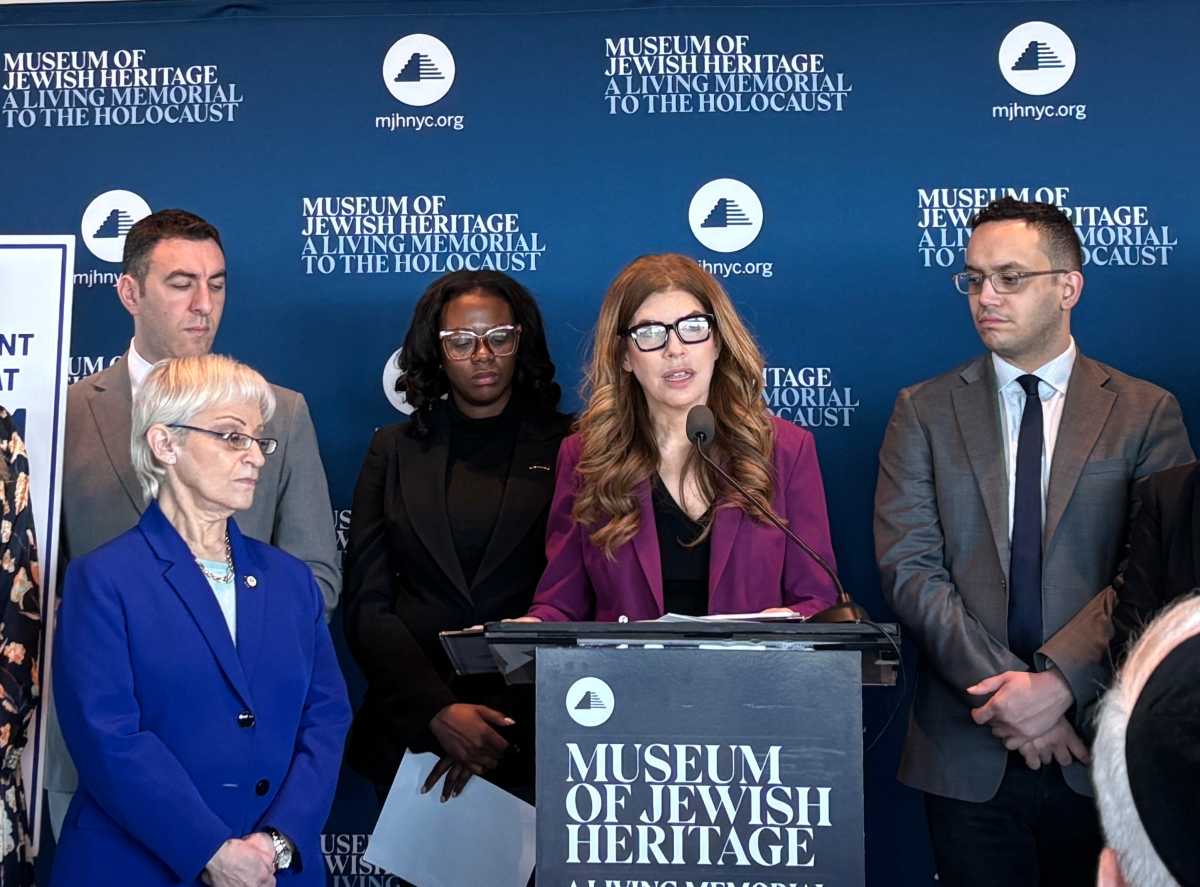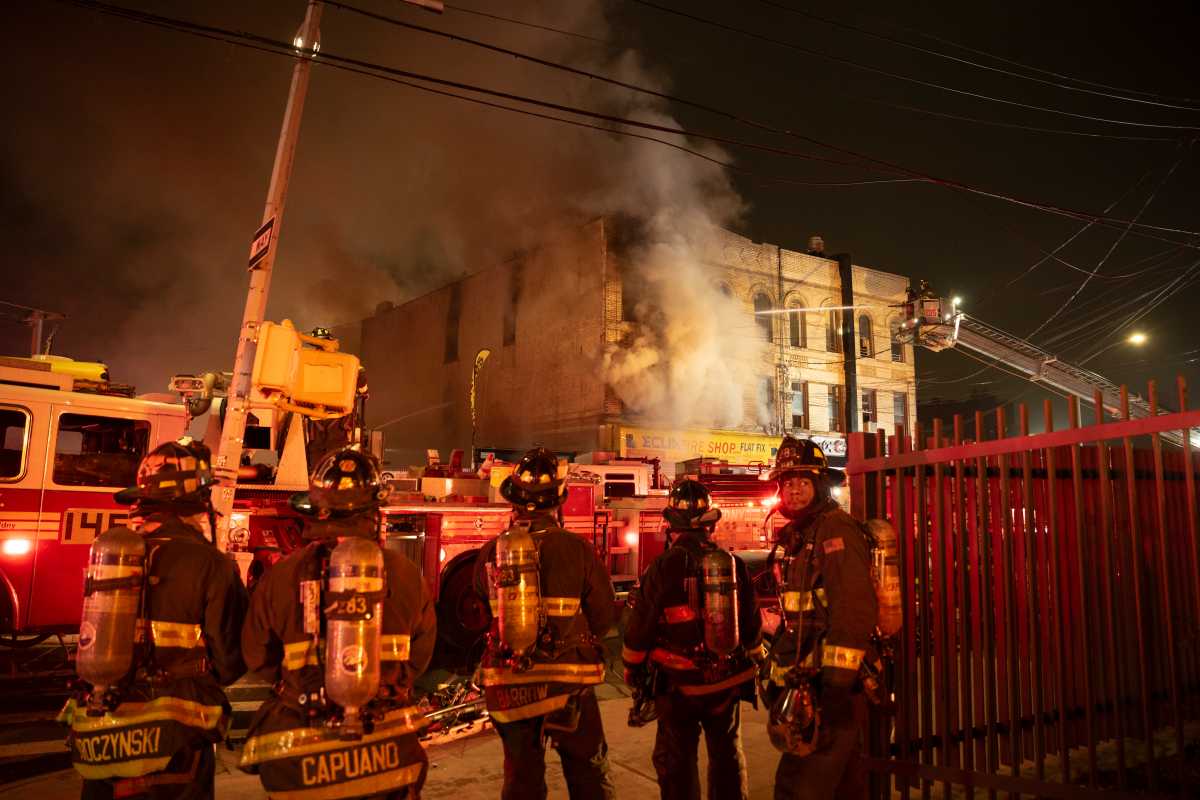Lynne Rubin has neuropathy, a nervous system disorder that has left her disabled and relying on a walker to get around. For six years, the 87-year-old has been one of the 5,000 Queens seniors who depend on New York City’s home delivered meals program.
Monday through Friday, without fail, a hot meal was delivered to Rubin’s door. So it came as a shock when no food showed up at her Rego Park home on February 2 – the day the city’s Department for the Aging (DFTA) switched to a new system of meal delivery for homebound seniors.
After a few more days passed without a single delivery, Rubin had used up all of the food stored in her freezer. Luckily, someone offered to take her to the grocery store – an omen, considering that Rubin’s first meal was not delivered by the Visiting Nurse Service of New York (VNS) until February 17, more than two weeks late.
“As far as I was concerned, the stress was impossible for me – absolutely impossible,” Rubin said of the debacle that left her wishing DFTA had kept meal delivery duties in the hands of a few dozen providers, including local senior centers.
Instead, Mayor Michael Bloomberg’s DFTA modernization plan called for three contractors – VNS, Catholic Charities and the Jewish Association for Services for the Aged (JASA) – to distribute meals to Queens seniors.
The transition was a rocky one, as evidenced by the ordeals of people like Rubin, who says the previous method of service was perfectly fine.
The change, said DFTA spokesperson Christopher Miller, was meant “to provide seniors with additional flexibility and choice.” Miller added that cost was not a factor in the meal delivery overhaul, though one senior noted that a caseworker had identified “the economy and the financial problems” as the reason for the DFTA change.
“We have intensely monitored this whole transition,” Miller said, noting that prior to the transfer in service, DFTA distributed three “shelf-stable” meals to all seniors enrolled in the program. “There were some logistical issues in the beginning that we believe have all been worked out,” added Miller, who could not say if DFTA had received any complaints regarding Catholic Charities’ or JASA’s service.
An additional goal of the meal delivery transition, Miller explained, was to create synergy between meal delivery providers and case management agencies.
Queens Community House (QCH) is one of the case management agencies, and it was contracted with meal delivery for 26 years, until the recent DFTA reorganization.
In the beginning stages of the transition, QCH Assistant Executive Director Naomi Altman heard reports of a blind man receiving his meal at 9:00 in the morning. The man, Altman said, was incapable of reheating the food for consumption later in the day. She also learned of kosher seniors receiving unkosher meals.
Miller said seniors placed 300 calls to 3-1-1 or meal delivery providers in the first week of the overhaul alone.
At least one senior citizen has been pleased with the change in service, however.
“My experience so far has been very changed. It became very good,” said Melita Lowenstein, who is in her 80s and had received meals for about a year before the February 2 transition.
Lowenstein, of Forest Hills, admitted, “The meal is a little bit smaller” but added the meals are “very well cooked.” She was even forgiving of the early mix-ups – Lowenstein missed two meals after VNS took over delivery to her home – claiming that the drivers needed time to get used to their routes.
“I even sent them a thank you letter,” she said warmly.
Meanwhile, Lowenstein’s neighbor to the north, Rubin, was not so sympathetic.
“The only thing I can say as far as the meals on wheels – they better get things right, and shape up,” said the lively senior who misses the “delicious” food and “good” service QCH provided her – despite the fact that she says her new meals will cost $1.15, 35 cents less than she previously paid.
Rubin preferred not to comment directly on the quality or portion size of her recent meals “because,” she said, “I want to give them a chance.” Her remarks on VNS’ service, on the other hand, were frank.
“I just want to make sure that the Visiting Nurse [VNS] does a damn good job. And the only way they can do a good job is to be put on notice,” she said.































